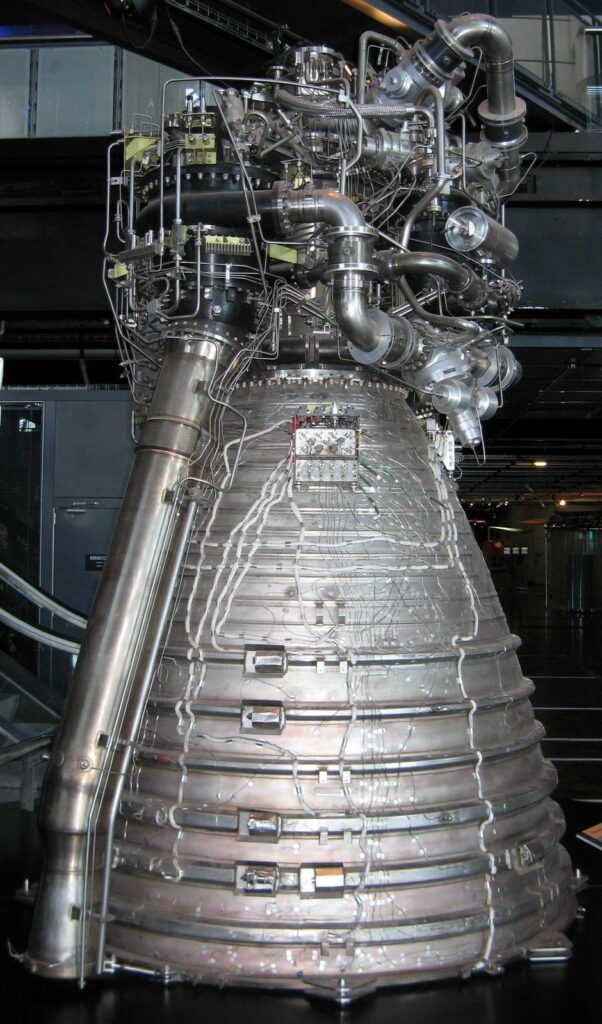New Delhi, July 29, 2025 – In a full-circle moment of strategic defiance and scientific triumph, the NASA-ISRO Synthetic Aperture Radar (NISAR) satellite—an Indo-US joint mission—has successfully launched aboard India’s GSLV Mk II, powered by an indigenous cryogenic engine. This launch isn’t just about Earth observation—it’s about how India turned technological denial into aerospace dominance.

Cryogenic engines are fueled by liquid oxygen and liquid hydrogen, operating at extreme cold to produce high-efficiency thrust. The power of these engines lies in their Specific Impulse (Isp)—a metric that shows how efficiently a rocket fuel performs. Cryogenic engines typically reach an Isp of 460+ seconds, significantly outperforming earlier solid-fuel Indian rockets with 270 seconds.
This tech is crucial for placing heavy payloads into Geosynchronous Orbit (GEO), a strategic space zone vital for communications, navigation, weather monitoring, and defense. In the 1980s and ’90s, India’s PSLV and SLV could only reach Low Earth Orbit (LEO)—limiting India’s ambitions.
The 1990s: Cryogenic Denial and Strategic Suppression
In 1991, India struck a deal with Russia to acquire KVD-1 cryogenic engines and manufacturing tech. But the United States blocked the transfer, citing the Missile Technology Control Regime (MTCR), claiming such engines could be repurposed for ballistic missiles.
This was a geopolitical play. The goal? Prevent India from accessing GEO, disrupt Indo-Russian ties, and preserve Western dominance in space.
Russia was allowed to deliver seven engines but denied India the blueprints. It was a clear message: you’re not welcome in the big league—yet.
🇮🇳 India’s Response: Building From the Ground Up
Instead of retreating, ISRO went to work.
2000: First cryogenic test flight failed. 2014: The indigenously developed CE-7.5 cryogenic engine successfully launched GSLV Mk II to GEO. 2017 onwards: The powerful CE-20 engine, capable of carrying 4-ton payloads to GTO, powered GSLV Mk III, paving the way for missions like Chandrayaan-2 and Gaganyaan.
🌍 2025: The NISAR Launch—A Geopolitical Mic Drop
The NISAR satellite, developed jointly by NASA and ISRO, is now in orbit aboard a GSLV Mk II using India’s cryogenic technology—the very tech the U.S. once tried to block.
Designed to map Earth’s surface, the mission is a scientific marvel and a symbol of India’s technological sovereignty. Cryogenic propulsion, once out of reach, now powers satellites for global climate research and disaster management—putting India at the center of collaborative space innovation.
Also Read: https://skylinktimes.in/indias-breakthrough-in-quantum-secure-communication/
🧭 Rocket Politics: Beyond Science, It’s Strategy
Cryogenic capability isn’t just propulsion—it’s projection. Countries with GEO launch access can operate secure communications, satellite internet, early-warning defense systems, and interplanetary missions.
In the 1990s, technology gatekeeping was about limiting who could join the elite space club. Today, with GSLV Mk II and Mk III, India has crashed that party—on its own terms.
India’s space journey mirrors its geopolitical stance: resilient, resourceful, and ready to lead.
For More Post : Please stay tuned at https://skylinktimes.in/



